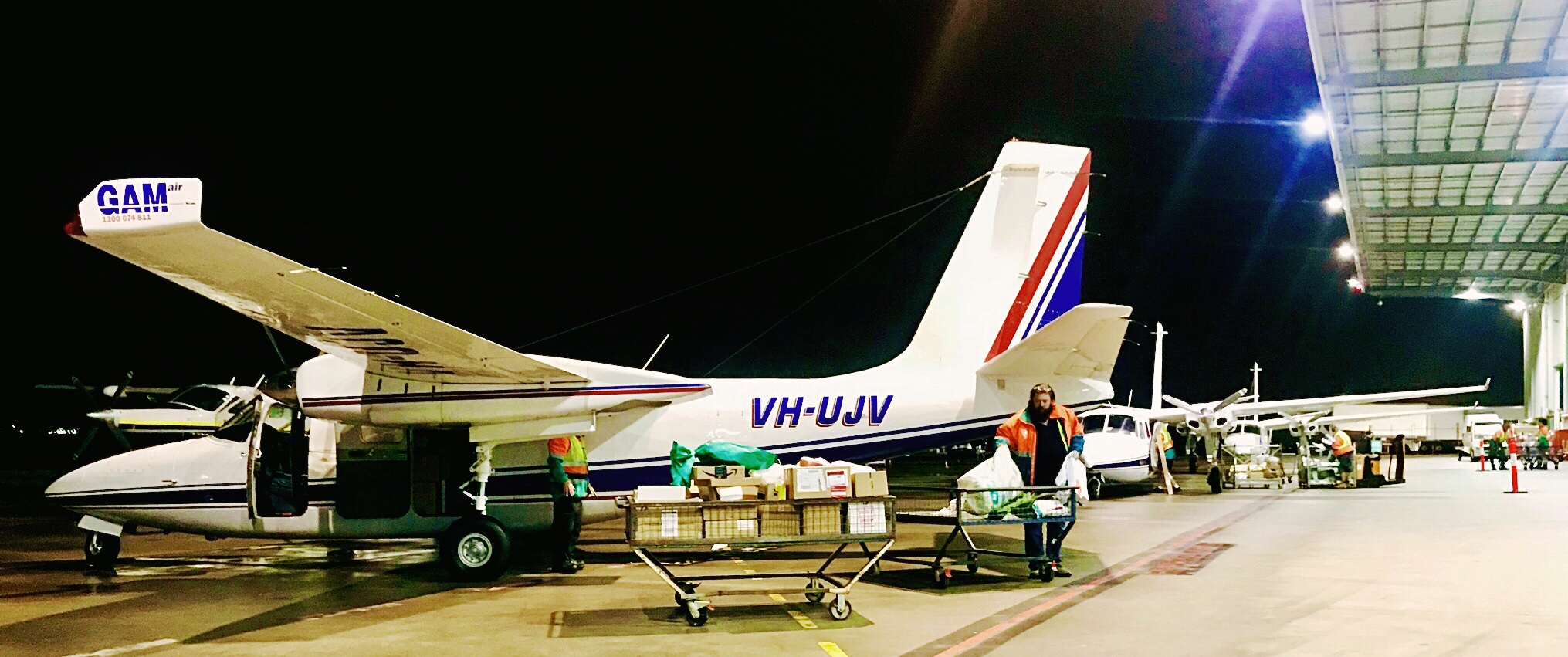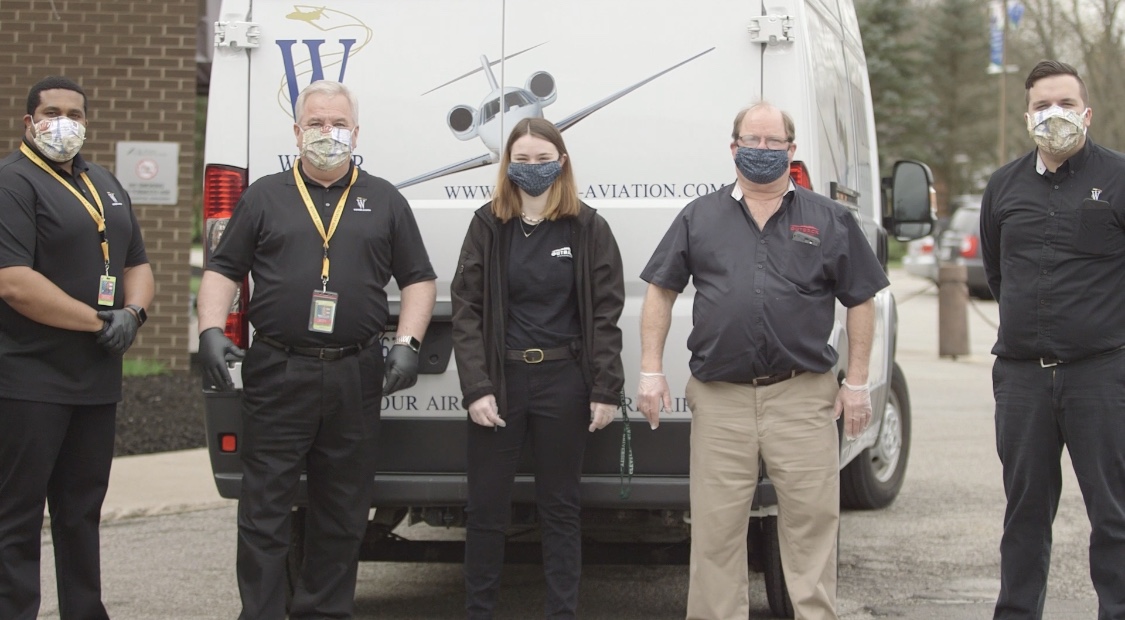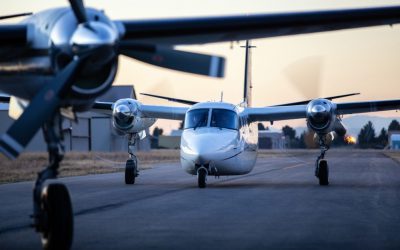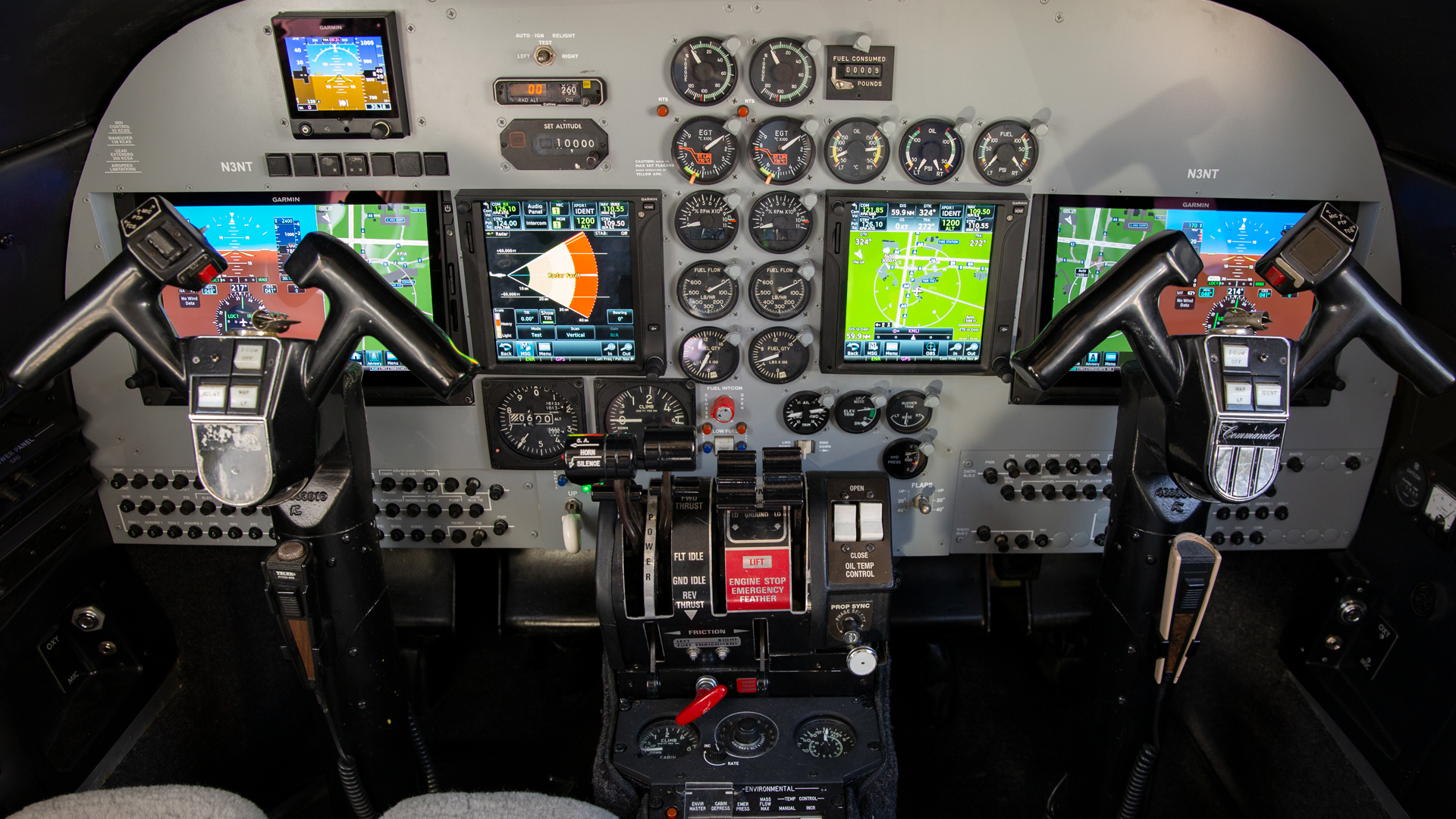Twin Commander Aircraft Fully Operational

The staff at Twin Commander in Creedmoor, North Carolina, is hard at work keeping the factory fully operational during the worldwide COVID-19 crisis. Business Unit Director Brian Harbaugh said that many processes have been put in place to ensure the safety of the team, including virtual meetings, remote work for those employees who are able, more handwashing stations, regular handwashing reminders, and additional office cleaning. “We know how much owners, operators, and service centers rely on the factory being fully operational,” he said. “I’m proud of how well the team has pulled together during this challenging time.” Harbaugh reported few distributions in parts supplies or engineering support as a result of the various state lockdowns.
Community Rallies for Coronavirus Support

The GAM Group, a Twin Commander Factory Authorized Service Center in Australia, is busy flying to remote locations as part of that country’s COVID-19 response. The company operates 21 Twin Commanders, and flies 16,000 freight trips annually in the airplanes. Five days a week they are departing Brisbane, Sydney, Adelaide, and Melbourne to remote locations all over the vast country. Currently they are transporting medical supplies, pathology samples, and other items necessary to fight COVID-19. GAM flies 17 Shrikes, two 680s, and two 690As.

Twin Commander owners, operators, and service centers around the world have rallied in the face of the COVID-19 crisis to support emergency services, medical facilities, and remote communities. Factory Authorized Service Center Winner Aviation teamed up with Outback Steakhouse and Handel’s Ice Cream to feed employees from Mercy Health Saint Joseph Warren Hospital in Ohio. Winner Aviation’s Tyler Wolfe, the regional manager for ground operations, came up with the idea as a way to show gratitude for all the work the healthcare workers are doing during the pandemic. “When I pitched the idea to Meg Bianco (President of Winner Aviation), she didn’t even let me get to the end of my sentence,” he said. “She heard Outback Steakhouse, Handle’s Ice Cream, and St. Joe’s Hospital, and she was on board.”

Meanwhile, Twin Commander operator Bridger Aerospace has pivoted its considerable Air Tactical Ground Supervisor fleet to supporting COVID-19 mitigation efforts. The aircraft have been repurposed for a number of medical missions, including transporting emergency supplies, blood transportation, and more. In addition, staff from Bridger were resourced to the hospital in Bozeman to help finish construction of 60 hospital beds. CEO Tim Sheehy said, “It’s important for us to do our bit as a company and as individuals in these uncertain times.” Bridger has also committed to paying full wages to its workforce.
How to Disinfect Your Avionics

If you’re lucky enough to possess a bottle of rubbing alcohol you can safely disinfect your avionics screens. As a high-touch center of the panel, your avionics are potential infection spots for airplanes flown by multiple crews. Every manufacturer has its own recommendations, but most agree on the same steps. To be effective the product must have at least 70 percent alcohol and sit on the screen, buttons, and any other contact areas for at least 30 seconds. However, avionics aren’t usually water-resistant, so the best practice is to thoroughly spray a microfiber cloth and make sure there is prolonged contact, then clean it off appropriately. Garmin cautions against any cleaning agents containing ammonia or bleach, as either could potentially damage the anti-reflective coating. If you’re careful, soap and water can be used if you can’t find a bottle of 70 percent alcohol. Garmin further cautions against using paper towels, tissues, or anything other than microfiber cloths to clean the screens, as they may produce small scratches. Don’t forget about the rest of the cockpit and cabin, including seatbelt latches, armrests, door handles, cabinets, and various buttons and switches.

